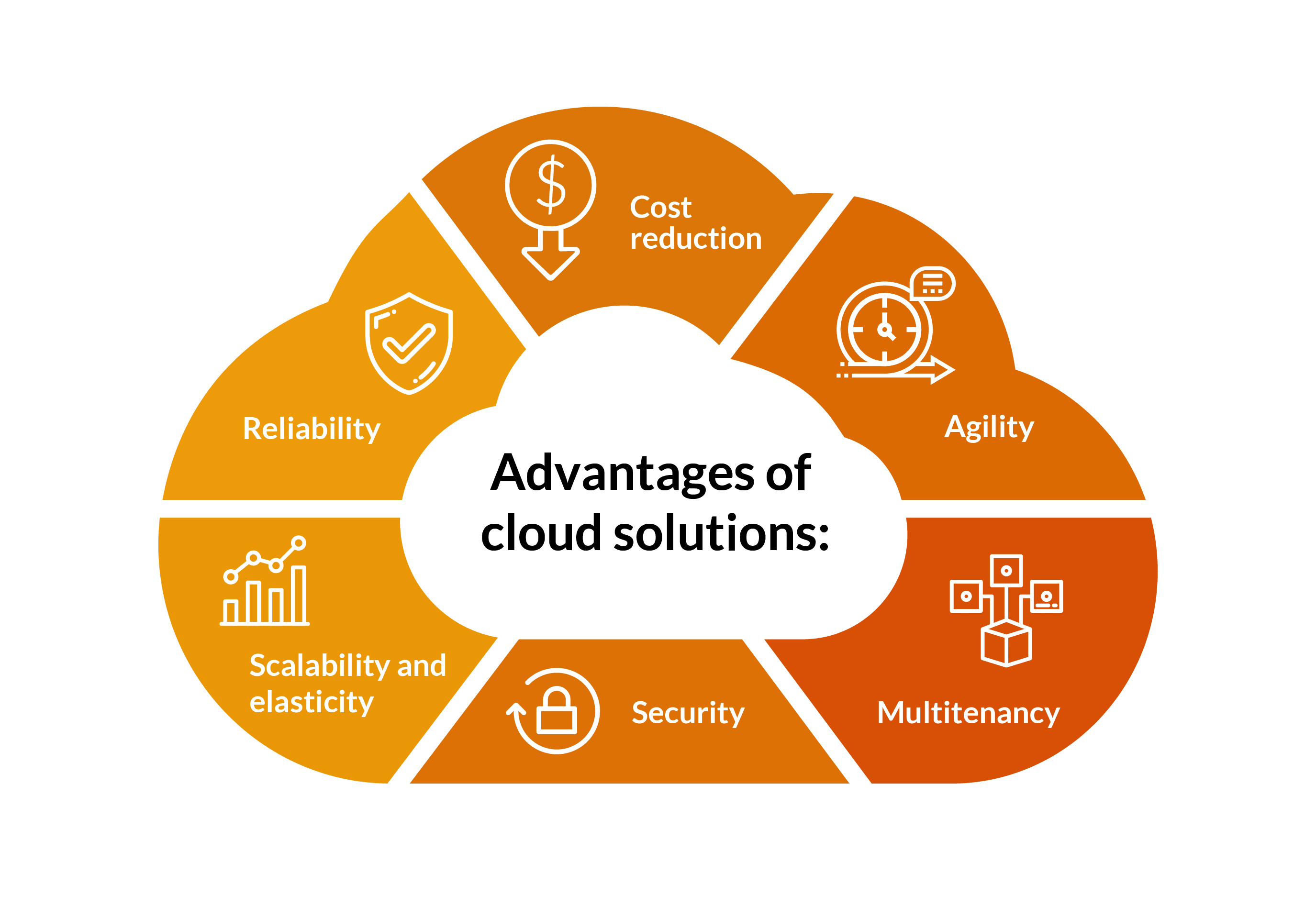Achieve Seamless Scalability With Cloud Solutions
In the ever-evolving landscape of cloud solutions, achieving seamless scalability stands as a foundation for contemporary companies seeking to remain competitive and adaptable. The capability to effortlessly broaden or acquire sources in reaction to changing needs is a critical benefit in today's fast-paced digital setting. By mastering the art of scalable cloud solutions, organizations can not only optimize performance and improve operations yet additionally lead the way for future growth and development. The pursuit for seamless scalability with cloud solutions unveils a world of possibilities for those willing to welcome the transformative power of vibrant resource management.
Advantages of Cloud Scalability
Cloud scalability uses organizations the flexibility to dynamically change resources based on demand, guaranteeing optimum performance and expense performance. In addition, cloud scalability promotes innovation and experimentation by allowing companies to quickly test new concepts and scale them as needed. Ultimately, the benefits of cloud scalability expand past cost financial savings to encompass enhanced performance, dexterity, and advancement.
Key Features for Scaling
Effective scaling in cloud solutions counts on crucial attributes that allow organizations to change resources dynamically based on demand. One more key function is scalability, making it possible for systems to take care of boosted work by adding resources perfectly. On the whole, these key features jointly equip organizations to attain smooth scalability in cloud solutions.
Executing Auto-Scaling Methods
To efficiently enhance resource appropriation and adjust to varying work, companies must strategically apply auto-scaling techniques in their cloud solutions facilities. Auto-scaling permits systems to automatically change the number of compute resources based upon real-time need. There are different auto-scaling approaches that companies can utilize, such as predictive scaling, which makes use of historical information to anticipate future source needs, and responsive scaling, which responds to present workload modifications.

Finest Practices for Scalability
For companies intending to boost their scalability in cloud services, carrying out ideal practices is vital for optimum efficiency and resource management. One trick ideal practice is making applications with a microservices design. This method breaks down applications right into smaller sized, web link independent services that can be deployed, updated, and scaled independently, permitting for better versatility and scalability.
An additional important practice is utilizing containerization modern technology, such as Docker or Kubernetes. Containers enable the product packaging of applications and their dependences right into isolated devices, making it simpler to scale components independently and deploy them consistently throughout different environments.
Additionally, executing automated deployment and facilities as code (IaC) can improve scalability initiatives (linkdaddy cloud services). Automation devices like Terraform or Ansible help in provisioning and taking care of sources efficiently, decreasing hand-operated mistakes and making it possible for rapid scalability
In addition, monitoring efficiency metrics, establishing alerts, and conducting regular capacity planning are important techniques to guarantee positive scalability monitoring. By sticking to these finest methods, organizations can accomplish smooth scalability in their cloud services while maximizing performance and source use.
Tracking Performance Metrics
When examining the efficiency of cloud services scalability, very closely keeping an eye on efficiency metrics is critical for ensuring ideal functionality and resource allowance. By continuously tracking key performance signs (KPIs) such as response times, source, throughput, and latency use, companies can gain useful understandings into the wellness and effectiveness of their cloud infrastructure. informative post Keeping track of performance metrics enables the very early detection of potential bottlenecks or problems that can impact scalability, making it possible for positive steps to be taken to address them prior to they rise.
Conclusion
Finally, accomplishing smooth scalability with cloud services is necessary for companies to enhance performance, improve advancement, and preserve high efficiency levels throughout peak times. By leveraging the advantages of cloud scalability, Going Here executing auto-scaling strategies, making use of crucial functions such as elasticity and automation, and complying with best methods like application style and performance surveillance, businesses can successfully scale their systems while making best use of source utilization and efficiency.
The pursuit for smooth scalability with cloud services reveals a world of opportunities for those eager to accept the transformative power of dynamic resource management.
Cloud scalability supplies companies the flexibility to dynamically readjust resources based on demand, making certain optimum efficiency and expense effectiveness. An additional key function is scalability, enabling systems to deal with boosted work by adding resources effortlessly.For organizations intending to boost their scalability in cloud services, applying finest techniques is essential for ideal efficiency and source administration.When analyzing the efficiency of cloud solutions scalability, very closely checking efficiency metrics is critical for making certain optimum functionality and source appropriation.